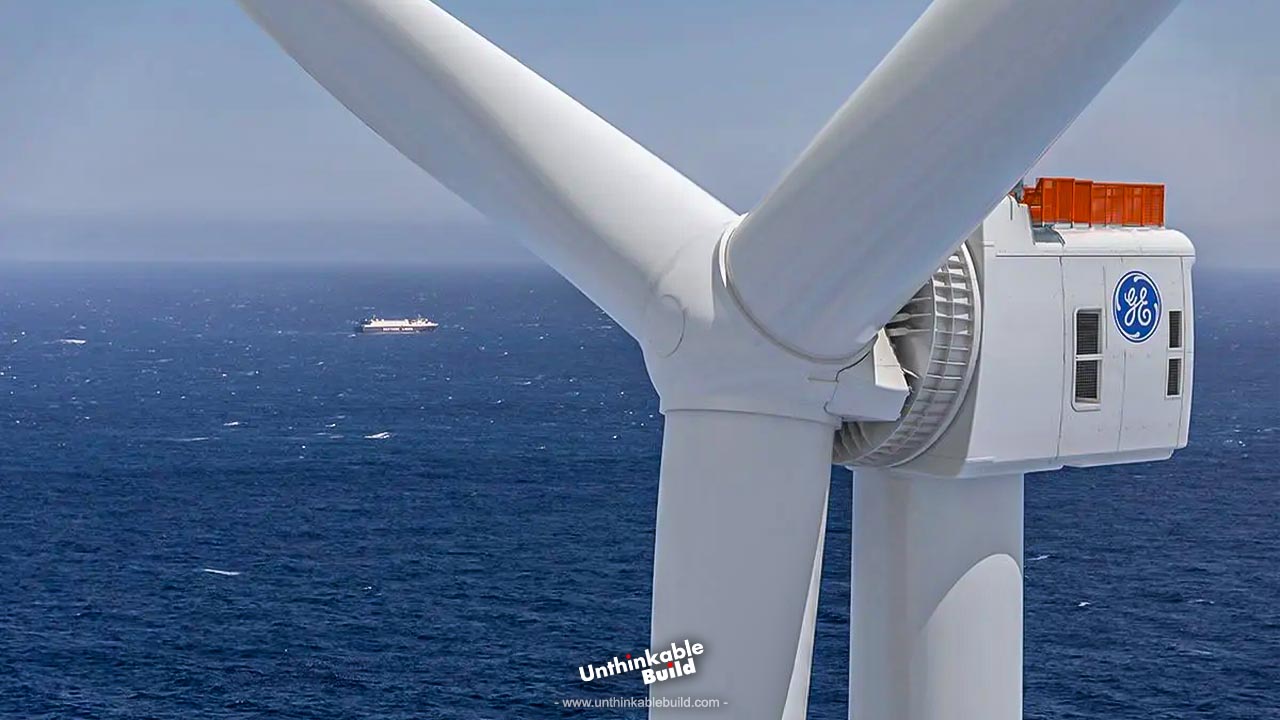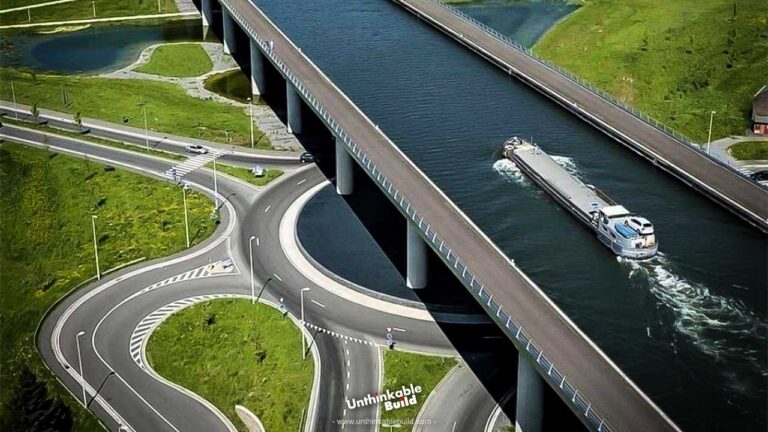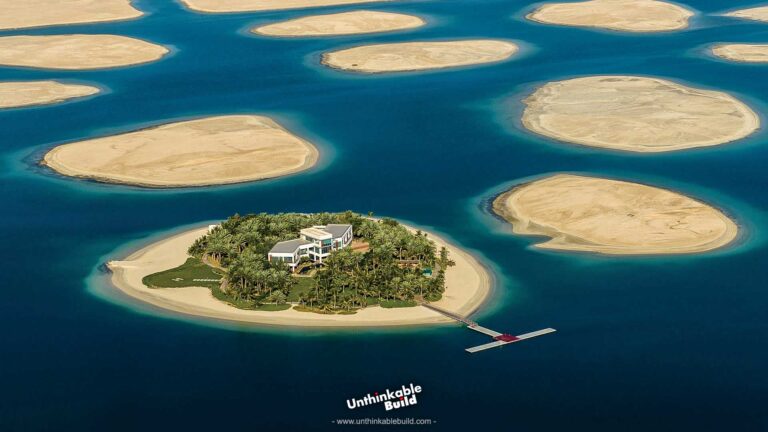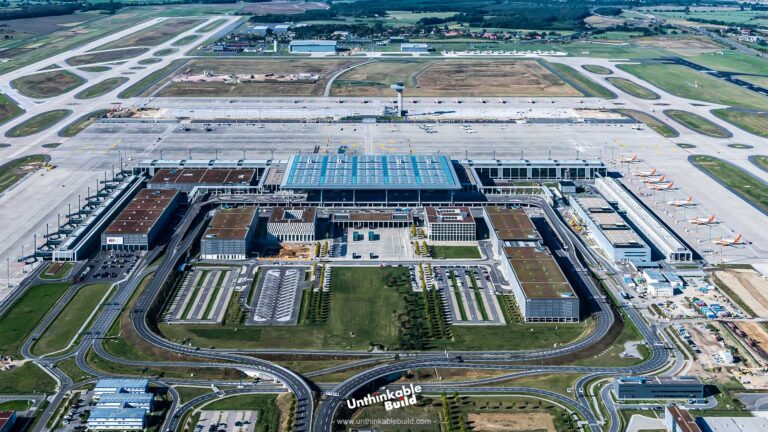Dogger Bank Wind Farm: This Will Power 6 Million Homes in the UK
The shift from fossil fuels to renewable energy is really picking up steam, and it’s bringing some great benefits, other than cutting down on carbon emissions. The United Kingdom has made a bold move in this direction by starting work on what will be the world’s largest offshore wind farm. This isn’t just any wind farm—it’s being built way out in the open sea, about 130 kilometers off the coast of Yorkshire. By tapping into the stronger and more reliable winds out there, this project promises to make a big impact on the UK’s green energy future.
The Dogger Bank Wind Farm is a massive project that could power 6 million UK homes every year. It’s a multi-billion-pound effort, set to roll out in three different phases, with each phase producing up to 1.2 gigawatts of electricity. There’s even plan of a potential fourth phase down the line that could add additional 2 gigawatts.
But with the harsh sea conditions and challenging weather in the north-east, how will this project manage to tackle these obstacles? And how far along are we in bringing this ambitious plan to life?
The move to renewable energy is about more than just cutting carbon emissions—it’s about creating a healthier, more equitable, and financially sustainable future for everyone.
The Dogger Bank Wind Farm is an impressive offshore wind project located between 130-kilometers and 190-kilometers off the North East coast of England in the North Sea. This wind Farm, being developed in three phases—Dogger Bank A, B, is set to become a game-changer in the renewable energy sector.
Also Read: Inside the World’s First $17BN Bitcoin City
Fossil fuels are a major source of carbon emissions, which are driving global warming. Renewable energy sources like wind and solar have become efficient ways to generate electricity, with costs continuing to drop as technology improves and production scales up. The UK, like other nations in the world, is also moving rapidly towards renewable energy sources, which can significantly reduce emissions of greenhouse gases and help protect the environment.
The Dogger Bank Wind Farm project is a joint venture between three partners, SSE Renewables and Equinor with 40% shares each, and Vårgrønn with 20% share. SSE Renewables is a leading developer and operator of renewable energy generation, headquartered in the UK and Ireland, while SSE Renewables’ growing international presence reflects its innovative and reliable performance. Equinor, a key player in the Norwegian petroleum industry, will manage its operations throughout its expected 35-year lifespan. This collaboration highlights the importance of partnerships in tackling large-scale renewable energy projects.
A major milestone in this mega project was achieved on October 10, 2023, when Dogger Bank began producing electricity for UK’s homes and businesses, marking a momentous step forward in the offshore wind industry and broader transition to cleaner energy systems.
Construction of the Dogger Bank began in July 2022, with installation of the first enormous 72-meter long monopile turbine foundations that weights around 1,057 tons. These robust structures are specifically designed to withstand severe conditions of the North Sea, including harsh winds and rough waves. Despite facing significant hurdles, such as unpredictable weather in the region and delays in supply chain, the project team has successfully completed the installation of the first Haliade-X 13 megawatt turbines. The Haliade-X turbines are are engineered to capture vast amounts of wind energy. Each turbine features cutting-edge technology that maximizes efficiency and output, playing a crucial role in the overall capacity of the Dogger Bank. Its massive blades can sweep an area equivalent to seven football grounds.
The GE Haliade-X offshore wind turbines for this project were transported from various locations to their installation site with the help of the Voltaire, the world’s largest Offshore Jack-Up Installation Vessel, with a lifting capacity of over 3,000 tonnes. This vessel is specifically designed for the installation of offshore wind turbines and will be essential in setting up the turbines at Dogger Bank A and Dogger Bank B, located 130 kilometers off the Yorkshire coast in the North Sea.
In the installation process, once the monopile is in place, it is lifted upright and moved to a pile gripper, which then lowers it into the seabed. A huge hammer drives the monopile deep into the seabed to create a solid foundation. Furthermore, a special split-level transition piece is attached to the monopile using 152 giant bolts. This piece features the world’s largest 8-meter flange, which connects the monopile to the turbine tower.
As the world’s largest offshore wind energy resource, Dogger Bank Wind Farm will have a remarkable combined capacity of 3.6 GW. This energy output is enough to power about 5% of the UK’s electricity needs, making a significant contribution to the country’s move toward cleaner energy.
The Dogger Bank Wind Farm’s location in the North Sea gives it several major advantages. The distance of about 70 nautical miles off the coast of Yorkshire is perfect for using traditional fixed foundation designs, which offer a stable and efficient base for the enormous turbines. This makes the installation process smoother and helps ensure the long-term stability of this project.
The project is also at the forefront of technology. Each turbine will feature the GE Haliade-X 13 Megawatt model, the most powerful turbine in the world. Plus, Dogger Bank is pioneering the use of high-voltage direct current (HVDC) transmission that boosts efficiency by reducing energy losses over long distances.
To get the electricity from these offshore turbines to onshore, high-voltage direct current cables are used. About 117 kilometers of these cables have been laid in the East Riding of Yorkshire, efficiently transmitting the power generated by the turbines over long distances.
Also Read: Chenab Rail Bridge: India Opens World’s Highest Railway Bridge in Kashmir
The installation process started with preparing the ground, digging trenches, and drilling. In the next phase, protective ducts were installed, followed by the HVDC cables. This detailed process ensures that the electricity produced offshore is reliably transmitted to the National Grid.
Due to some inevitable delays, Dogger Bank A might not be fully up and running until 2025, but the team is fully committed to reaching their goals and making this ambitious project a reality. As of early 2024, they have already installed 12 turbines at Dogger Bank A, and the first one began producing power in October 2023.
Looking to the future, commercial terms have been agreed with The Crown Estate in the UK, paving the way for Dogger Bank D to move forward. The Crown Estate is an independent commercial business, created by an Act of UK Parliament, with a diverse portfolio of UK buildings, shoreline, seabed, forestry, agriculture and common land.
The proposed fourth phase of the Dogger Bank Wind Farm could add up to 2 Gigawatts of extra energy capacity from the current seabed area. With the first three phases already set to power 6 million UK homes, this boost would further speed up the country’s transition to renewable energy.







